 Yuzen Dyeing
Yuzen Dyeing
by Nobuhiko Maruyama
Language: Japanese and English
ISBN-10: 4763670409
Amazon.com listing
This was a risky impulse purchase off eBay. The listing did not give the title, did not give dimensions, and only had a few murky photos of the interior. However, it was a very good price so I figured I’d throw caution to the wind and go for it. I’m very glad I did, because when it arrived in the mail I was shocked to find one of the out-of-print and generally very pricey Kyoto Shoin ‘s Art Library of Japanese Textiles books, specifically the one about yuzen which is one of my favourite techniques.
The book is one of a series, and my only regret about buying it is that now I very much want more of the books out of the series. I’d heard that they were great resources, but never having seen one for myself I didn’t really know what I was missing.
The book is filled with gorgeous full-colour plates of vintage kimono, often pairing up a full garment shot with a detail. The text is sparse, but concise. It doesn’t go into huge amounts of depth, but does not leave me desperate for more information. The majority of the book is devoted to photos, but there is also a basic explanation of the techniques involved in yuzen dyeing in the back. It is by no means a full tutorial, but it helps the reader to understand the process and effort involved in making these beautiful garments.
I would recommend this book for:
-People interested in traditional dyeing techniques.
-People looking for pictures of beautiful vintage kimono.
I would not recommend this book for:
-People looking for in-depth tutorials or lessons on yuzen dyeing.
This post contains affiliate link(s). If you choose to purchase, I receive a small rebate or commission which goes to the continued maintenance of this site.

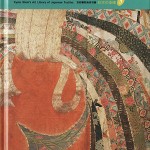
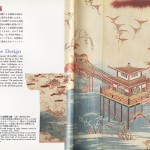
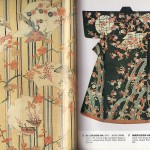
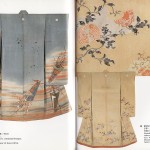


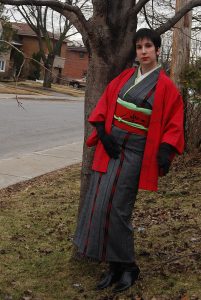
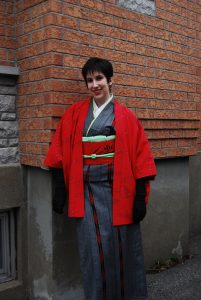
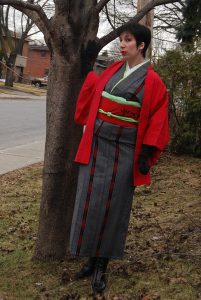
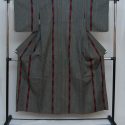
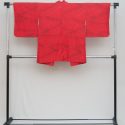
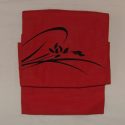
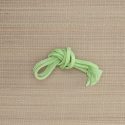
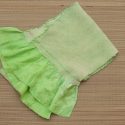






















 Bebe Taian
Bebe Taian CHOKO Blog
CHOKO Blog Gion Kobu
Gion Kobu